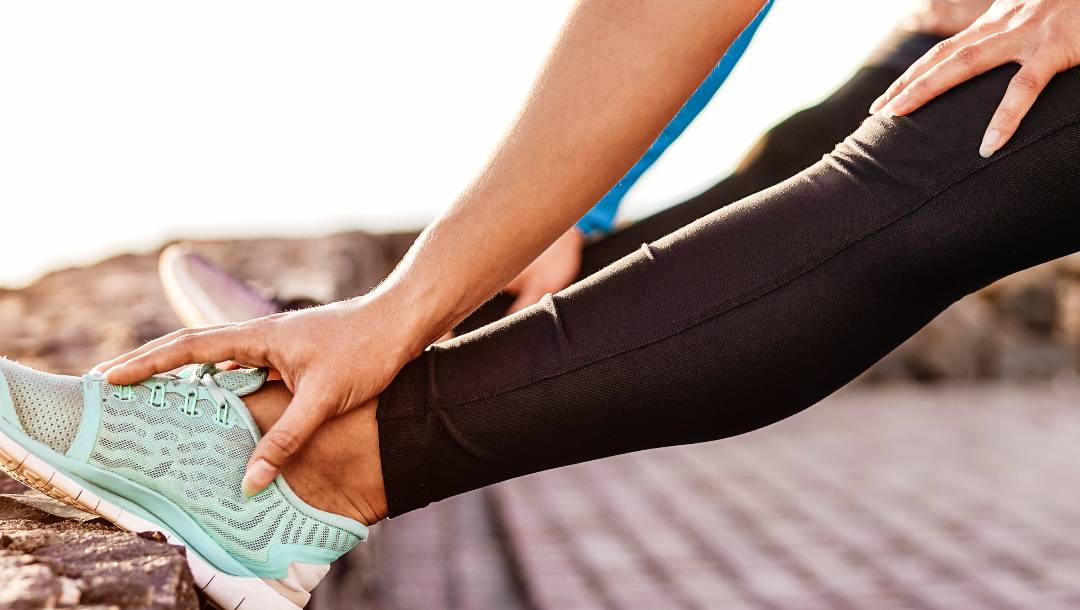Uncategorized
How to Run a Faster 5k
To get a better 5k time…STOP running 5k’s!
Absolute beginners aside, if you’re trying to significantly reduce your 5k times just running 5k’s a few times per week really won’t make much difference, sure you’ll nail a PB occasionally but to make significant gains you need a different approach.
Ask yourself right now: Are your times improving or have they stagnated?
See, your body has probably adapted as much as it’s going to by running 5k’s, which means your approach needs an overhaul.
There are endless training programmes out there, so this is just an understanding of the principles.

Your body needs to be able to work at a higher cardiovascular rate than it currently can. In a very basic nutshell, your cardiovascular ability is determined by how efficiently your body can take in and utilise oxygen around the body, and how efficiently it can disperse CO2. It’s a highly complex process but that is it 101!
This means, you need to train at higher intensities to develop better cardiovascular abilities, simple huh?!
Of course, training at higher intensities means you won’t be able to sustain your usual distance, therefore you need to train your body in shorter but more intense periods which is why interval training is the key to your improvement.
You can interval train in a countless ways but make it relevant to your 5k. Interval training will allow you to work at higher intensities, rest and then repeat – the cross over of this type of training to your 5k times is incredibly effective.
Key point: you can’t just start throwing lots of interval sessions into your week as you’ll end up getting injured, due to the higher intensity of sessions. I would suggest something like; interval train Monday and Thursday and then perform a lighter 5k on the weekends – not a 5k at your fastest pace. This is about 2 high quality sessions in the week with time for your body to rest and adapt between sessions, it is not 2-3 slightly directionless 5k runs in the week when you can fit them in!
You can gradually increase the intensity or duration of these two sessions as the weeks progress.

You will need a “rest” between weeks 4-8. You will have to figure out what works best for you, but you will know you need a rest when:
*You stop enjoying the sessions
*You begin to feel tired and don’t recover well from sessions
*Sessions become “forced”
*Your gains plateau
When ANY of the above BEGIN to strike it’s the time for a week off. Perhaps a 50% reduction in volume and intensity, or just a bike ride, swim or one light run in the week – gains won’t be lost over 7 days.
After your rest week you should return fresh and highly motivated to resume training!
Key Point: The higher the quality of your sessions the less volume of running hours you will need to perform. In fact, due to the higher intense sessions you will to need to rest and recover more – you are now moving away from “exercising” and moving into “training” where your sessions are planned and structured with an end goal in mind, I know it’s very exciting!

Here is an example of 2 sessions you could perform during the week:
Session 1: 1k @ 75/80% of your Maximal Heart Rate (faster than your normal 5k time). 2-3 minutes walk / recover. Repeat x 5.
Session 2: 400m intervals @ 80/85% of your Maximal Heart Rate. 2 minutes recovery jog. Repeat x 6-8.
We aren’t specialists here, but having an understanding of the changes you need to make is a great starting point to evolve your training and improve your results.
Conclusion
Gains in your 5k will plateau at some stage, you need to think about the structure of your training programme and experiment with various sessions to see what is and isn’t working.
Alongside these sessions, it is important to perform strengthening and core workout throughout the week. You can view our Core One Programme Here and our Super Strong Glutes and Hamstrings Here
If you are going to “crank out” interval sessions, therefore increasing the intensity of your sessions, you need the muscle, joint, ligament and tendon strength to tolerate the new loads you are placing on the body.
Happy training, it’s time to smash this!

